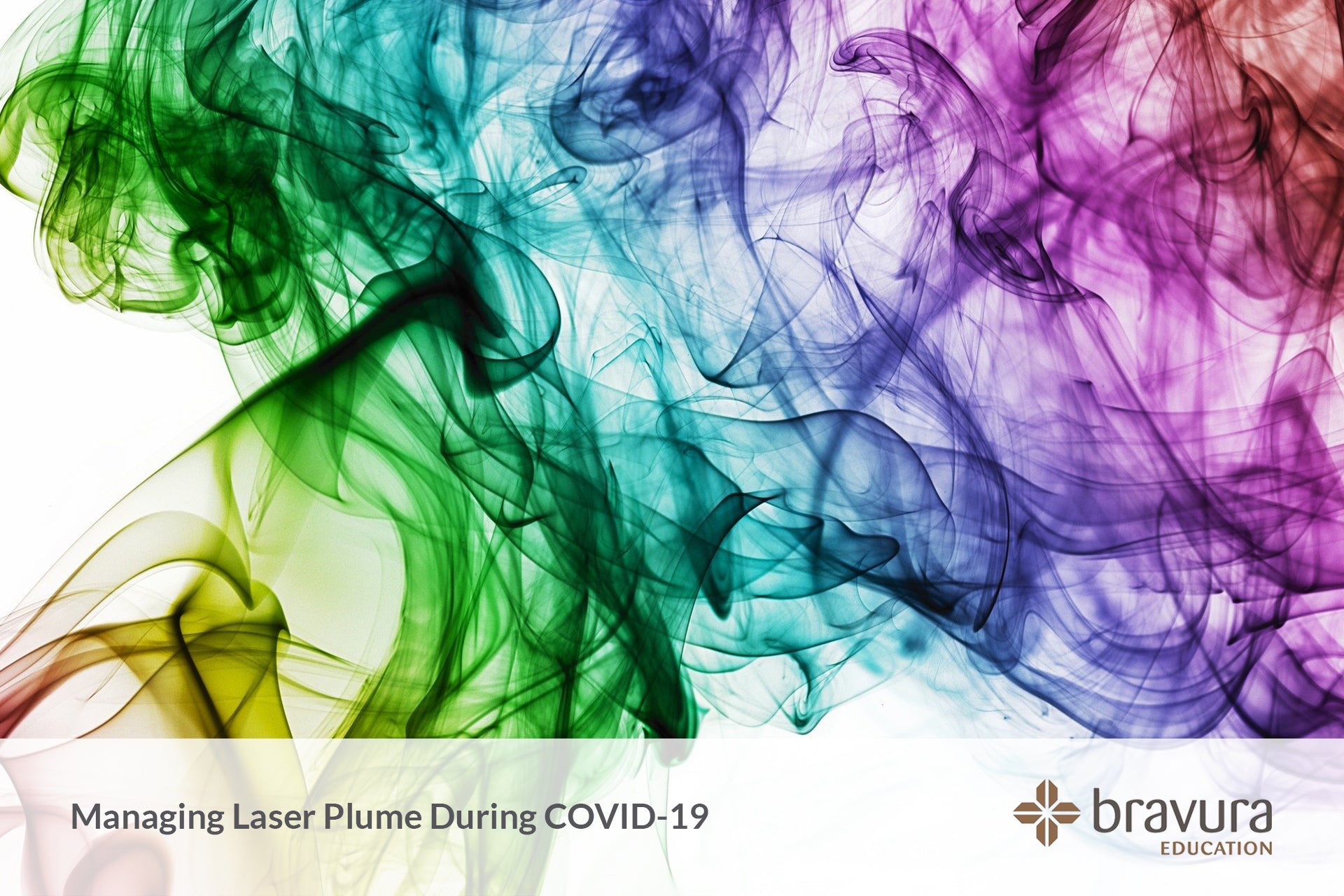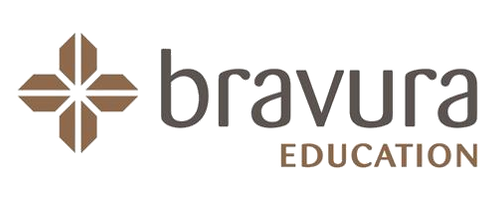
Managing Laser Plume During COVID-19
While we all wait to recommence delivering laser services it is the time to get our standard operating procedure and policy in place for managing plume (smoke). Read to the end as we have a FREE one for you to use.
Plume contains airborne contaminants such as vapors, smoke, and particulate debris including:
- carcinogens, mutagens, irritants, and fine dust
- bioaerosols, viruses (proven HPV) and cancer cells, blood fragments, and bacteria spores depending on the type of procedure
- carbon monoxide, polyaromatic hydrocarbons, and various toxic gases
- chemicals such as formaldehyde, hydrogen cyanide, acrolein, and benzene.
According to the AS/NZS laser standards, the two key things to have in place are:
- A face mask that filters a mean aerodynamic diameter as small as 0.1 µm. This is to filter out viral particles that can evade your upper respiratory tract's protective mechanisms and lodge in your lungs. The effect that COVID-19 may have in this case is currently unknown. We do know that HPV virus has been known to be transmitted, however. The three masks that are appropriate for this are the P-2, N-95, and the KN-95. The P-2 is the Australian Standard and is currently unavailable. The N-95 is the US Standard and is adequate. Stock the KN-95 with caution, the FDA has issued a warning about faulty masks.
- A smoke evacuation device/ventilation with a filter of 0.1 µm (ULPA NOT HEPA). It is required for ALL procedures and needs to be positioned 2cm or closer to the site.
Other things to consider are wearing a splashproof apron and a face shield if working in or around the mouth. Speak to your laser device provider about the best evacuator for your device as there are heaps to choose from.
To download a template you can finesse for your clinic.
References:
AS/NZS 1715:2009 Selection, use and maintenance of respiratory protective equipment. SAI Australia
AS/NZS 4187:2003 Cleaning, disinfecting and sterilizing reusable medical and surgical instruments and equipment, maintenance of associated environments in health care facilities. SAI Australia
Ball, K. (2010). Surgical smoke evacuation guidelines: Compliance among perioperative nurses. AORN Journal, 92(2)
Chuang GS, Farinelli W, Christiani DC, Herrick RF, Lee NCY, Avram MM. Gaseous and Particulate Content of Laser Hair Removal Plume. JAMA Dermatol. 2016;152(12):1320–1326. doi:10.1001/jamadermatol.2016.2097
Chuang GS, Farinelli W, Christiani DC, Herrick RF, Lee NCY, Avram MM. Gaseous and Particulate Content of Laser Hair Removal Plume. JAMA Dermatol. 2016;152(12):1320–1326. doi:10.1001/jamadermatol.2016.2097
Chuang GS, Farinelli W, Christiani DC, Herrick RF, Lee NCY, Avram MM. Gaseous and Particulate Content of Laser Hair Removal Plume. JAMA Dermatol. 2016;152(12):1320–1326. doi:10.1001/jamadermatol.2016.2097
Hallmo P, Naess O. Laryngeal papillomatosis with human papillomavirus DNA contracted by a laser surgeon. Eur Arch Otorhinolaryngol. 1991;248(7):425-427
UPDATED: FDA bans use of some KN95 masks weeks after failed testing
Rioux, M., Garland, A., Webster, D., & Reardon, E. (2013). HPV positive tonsillar cancer in two laser surgeons: case reports. Journal of otolaryngology - head & neck surgery = Le Journal d'oto-rhino-laryngologie et de chirurgie cervico-faciale, 42(1), 54. doi:10.1186/1916-0216-42-54
Post Disclaimer
This blog post has been vigilantly researched and fact checked to ensure that it is accurate, reliable and up to date. You must keep in mind that errors and omissions may occur and that we welcome any feedback or corrections in this regard. We encourage you to do your own research to verify the accuracy and contemporary nature of the information presented.
